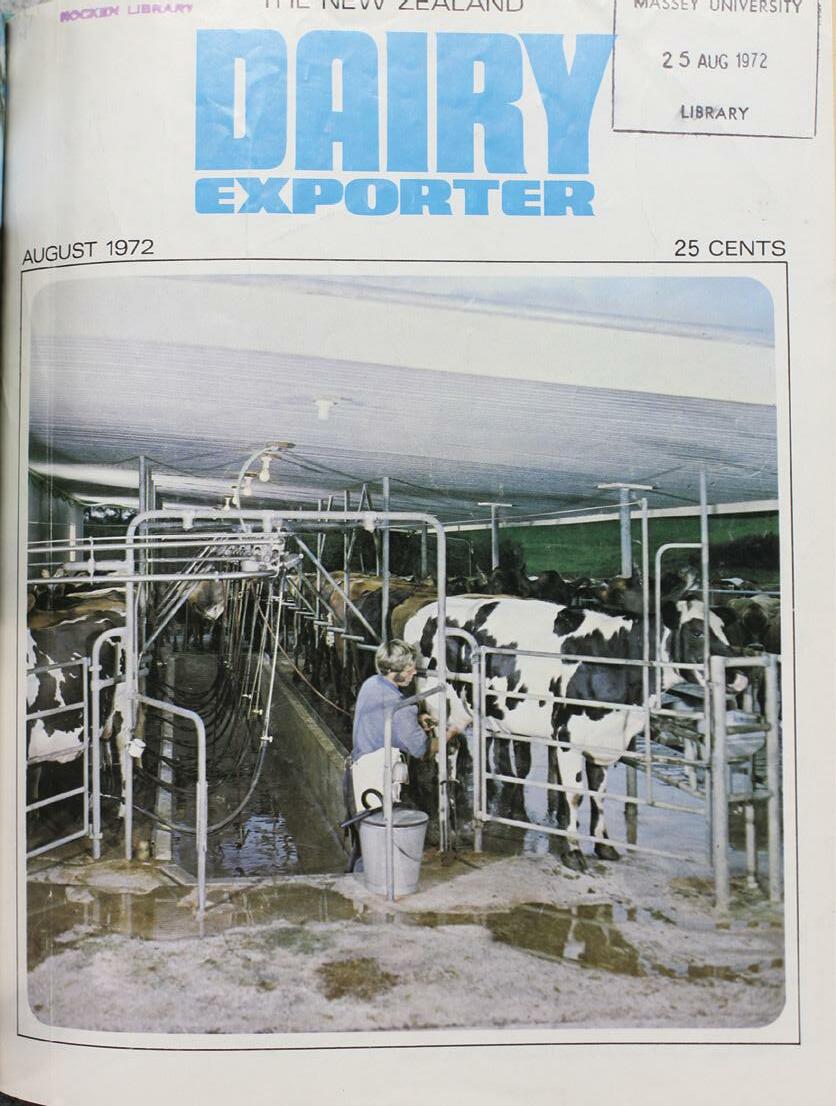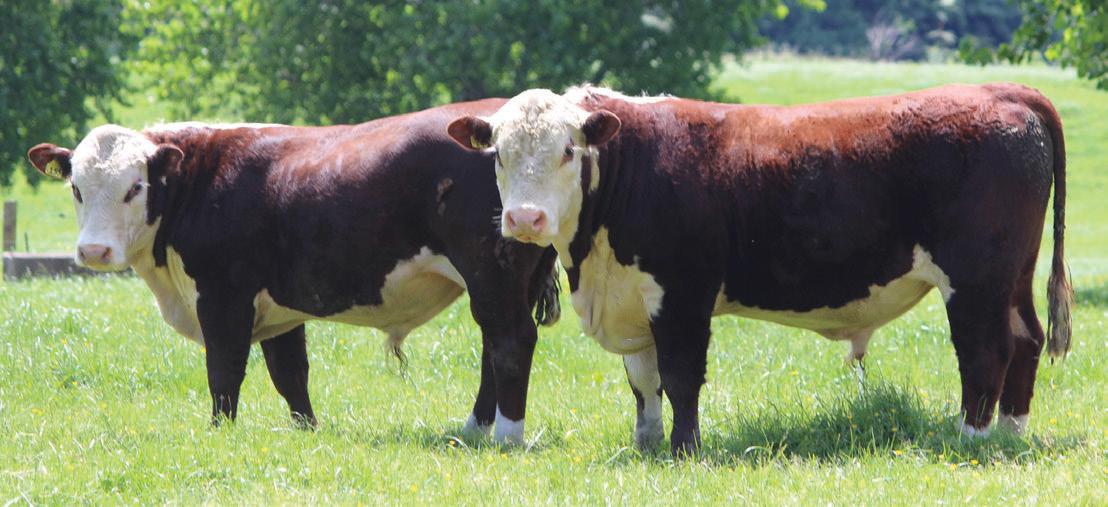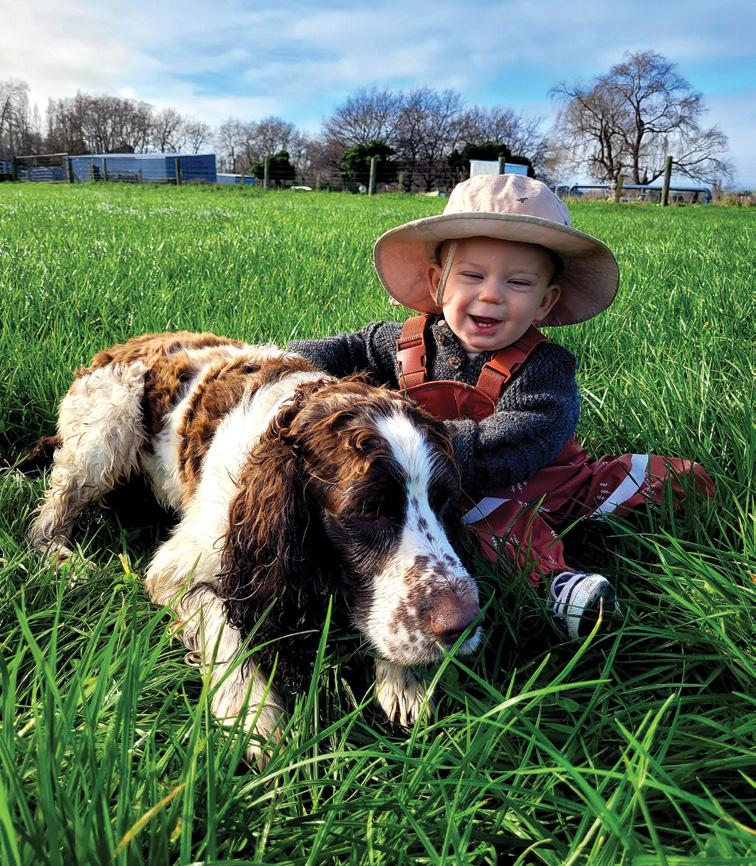RESEARCH WRAP NARF
Future Dairy Farm systems for Northland Words by: Delwyn Dickey
T
he results are in for the first year of a four-year trial at the Northland Agricultural Research Farm (NARF) at Dargaville, looking at three future farming systems as the north warms up and becomes more prone to droughts. The three different farming systems are looking at performance using alternative pastures, reducing emissions on a traditional ryegrass-based farm, and the farming system recently highlighted in their previous trial as being the most profitable, being used as the control. Run by the Northland Dairy Development Trust (NDDT) the research farm is split into three 28-hectare farmlets, with milk from the different farms collected separately. • The current/control farm - uses ryegrass and kikuyu pasture, with imported feed - palm kernel expeller (PKE) to fill feed deficits before milk fat evaluation index (FEI) limits are reached, with a stocking rate of three cows per hectare, with up to 190kg of applied nitrogen per hectare. Research from the previous four-year research showed this system was the most profitable. • The alternative pastures farm has at least 75% of fescue, cocksfoot, legumes and herbs pasture, and also uses palm kernel to make up feed deficits. Stocking rates are also three cows per hectare and up to 190kg of applied nitrogen per hectare. • Fonterra is providing funding to monitor 82
if there is a difference in milk quality and composition. • The low emissions farm: This system uses existing ryegrass and kikuyu farm pasture and targeted a 25% reduction in methane emissions and a 50% reduction in nitrous oxide emissions (compared to the current farm). The stocking rate was dropped to 2.1 cows per hectare, with no nitrogen application. Low emissions farm Using the Overseer model, the low emissions farm reduced methane compared to the current farm by 33% and nitrous oxide by 47%. There was also an 84% reduction in input CO2, and 9% CO2 reduction per kilogram of milk solids. There was little feed quality difference in this farm compared to the current farm and there were some unexpected gains with pasture growth not down as much as expected despite no applied nitrogen, likely because of the high nitrogen-fixing clover counts in the pasture, and relatively longer grazing rotation with a somewhat too conservative stocking rate. This also had knock-on effect with some of the results including seeing more silage able to be made, eliminating the need for imported supplements.
Northland Agricultural Research Farm (NARF) manager Kelvin Horton with Northland Dairy Development Trustee Kim Robinson discussing the four year trial which investigated three future farming systems.
Crude protein levels were lower during late winter/spring and saw lower milk production at this time compared to other farms. Clover was almost twice as high on this farm – between 40% and 50% of pasture during spring compared to the current farm. Mating results were similar between
Dairy Exporter | www.nzfarmlife.co.nz | August 2022




























